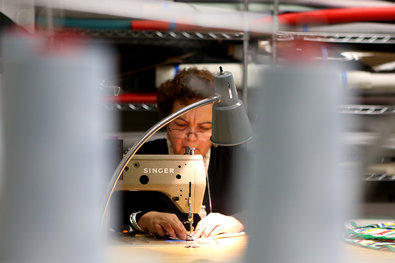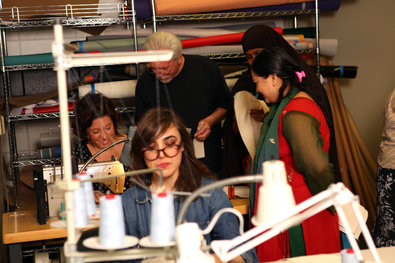Both sides of the political aisle registered objections to the projects, which would have explored the life of the former first lady and potential 2016 presidential candidate. Members of the news divisions at NBC and CNN publicly protested the decision by their networks to go ahead with them.
On Monday, the networks said they were abandoning their projects, bringing to an end two initiatives that were announced with much fanfare over the summer.
CNN had commissioned Charles H. Ferguson, an Oscar-winning documentary maker, to examine Mrs. Clinton’s life on film. NBC announced this summer at a conference in Beverly Hills, Calif., that it had approved a mini-series about Mrs. Clinton, a former secretary of state, in which Diane Lane would portray her.
Both ideas quickly became lightning rods. Reince Priebus, the chairman of the Republican National Committee, called the planned films a “thinly veiled attempt at putting a thumb on the scales of the 2016 presidential election.” He threatened to refuse to work with CNN or NBC on any presidential primary debates if the network moved forward with the projects.
But as Republicans publicly worried that the projects would cast Mrs. Clinton in a favorable light, aides trying to guard her image privately grumbled about the projects, according to a person close to Mrs. Clinton who would not discuss private conversations for attribution.
The aides expressed concern to CNN that a for-profit documentary, which would be released theatrically and broadcast on CNN, would pose a potential conflict with its news coverage, especially since the cable channel had no creative control over it. They contended that the NBC mini-series, while not a direct conflict with the separately run NBC News division, would try to enhance ratings by focusing on the more melodramatic aspects of Mrs. Clinton’s life.
Over coffee at the Ritz-Carlton Hotel in Georgetown, Mr. Ferguson met with Nick Merrill, a press aide to Mrs. Clinton. Mr. Ferguson requested access and interviews to make his documentary.
But what was supposed to be a cordial get-together quickly became confrontational, said the person close to Mrs. Clinton, who was briefed on the meeting. Mr. Ferguson aggressively promoted his résumé — which included the documentary “Inside Job” about Wall Street’s role in the 2008 financial crisis, and a 2007 film, “No End In Sight,” about the American occupation of Iraq. (Mrs. Clinton has strong support on Wall Street, and as a senator in 2002 she voted to authorize the use of force in Iraq.)
Mr. Merrill had not seen Mr. Ferguson’s films, but expressed skepticism about his intentions after he complained to Mr. Merrill that Clinton aides had told potential sources not to cooperate with his documentary. Mr. Ferguson said he felt Mr. Merrill had “interrogated” him and was dismissing the project because of Mr. Ferguson’s history of tough coverage. Both men left the meeting feeling uneasy.
What followed was a three-month tug of war between Clinton aides and Mr. Ferguson, who had planned to explore Mrs. Clinton’s life and career from her days working at the Rose Law Firm in Little Rock, Ark.
On Monday, Mr. Ferguson abandoned the documentary and CNN said it would not find another filmmaker to continue the project. In a commentary posted on The Huffington Post, Mr. Ferguson said pressure from Clinton aides who did not want the film made became too intense. “I decided that I couldn’t make a film of which I would be proud,” he wrote. “And so I’m canceling.”
He declared his failure to win the access he needed “a victory for the Clintons, and for the money machines that both political parties have now become.” (Mr. Ferguson contributed more than $30,000 to the Obama Victory Fund in 2008, which supported Barack Obama’s presidential campaign.)
CNN declined to respond to questions about the Clinton team’s contact with the network. In a statement, it said, “We understand and respect” Mr. Ferguson’s decision not to move forward.

Article source: http://www.nytimes.com/2013/10/01/business/media/cnn-documentary-is-off-filmmaker-blames-pressure-from-clintons.html?partner=rss&emc=rss










